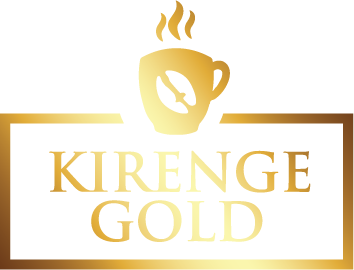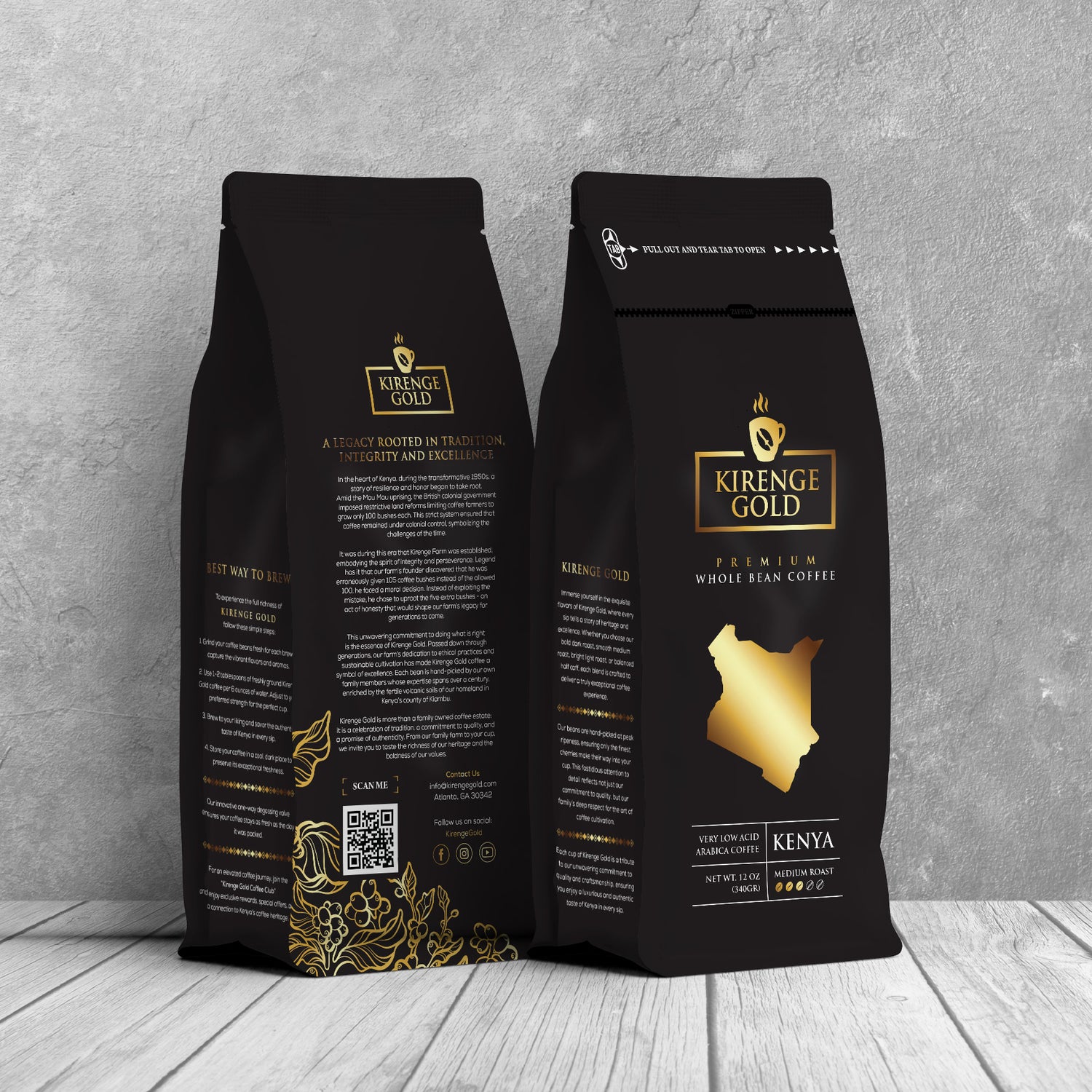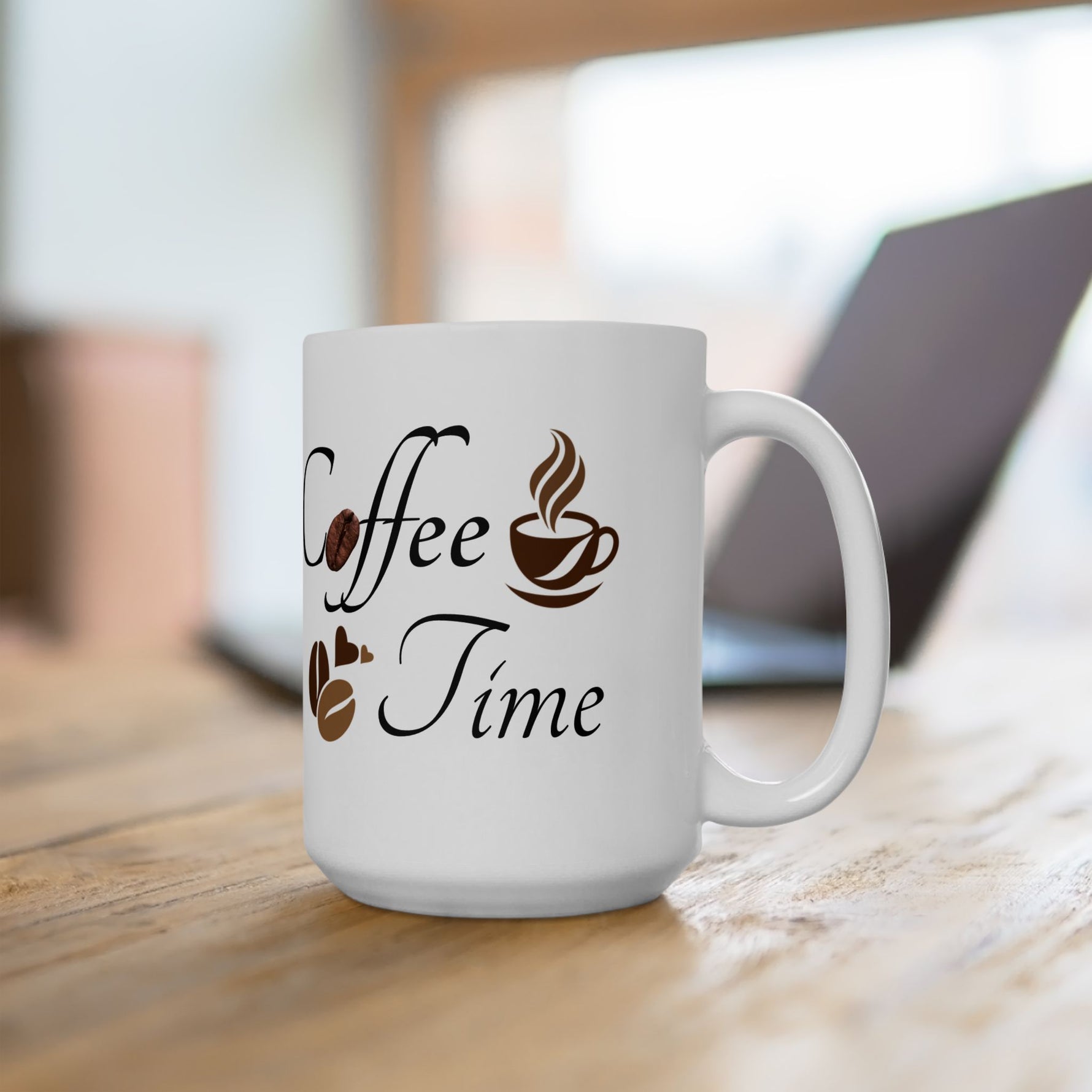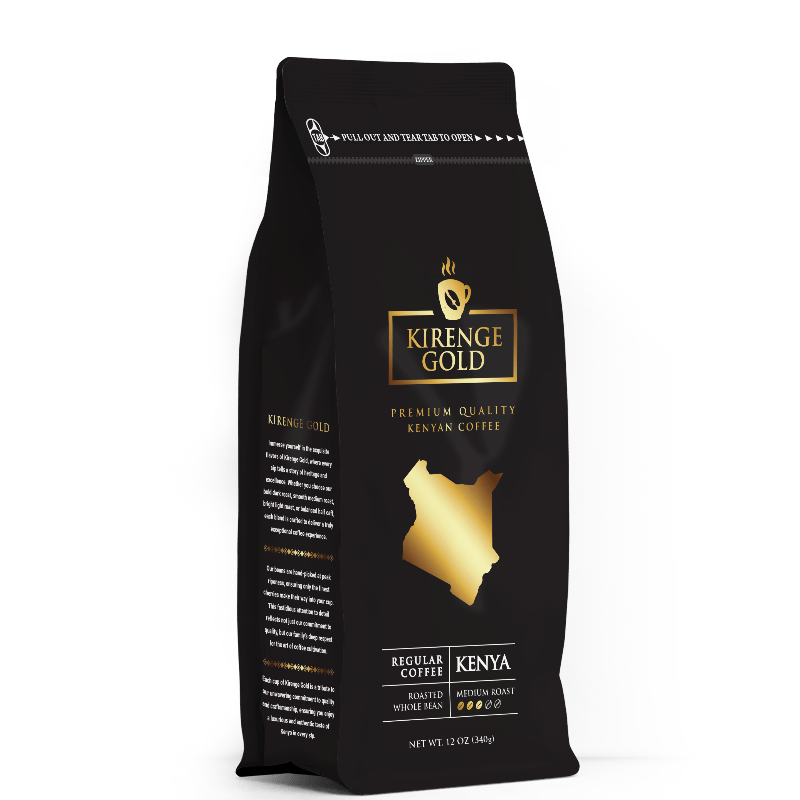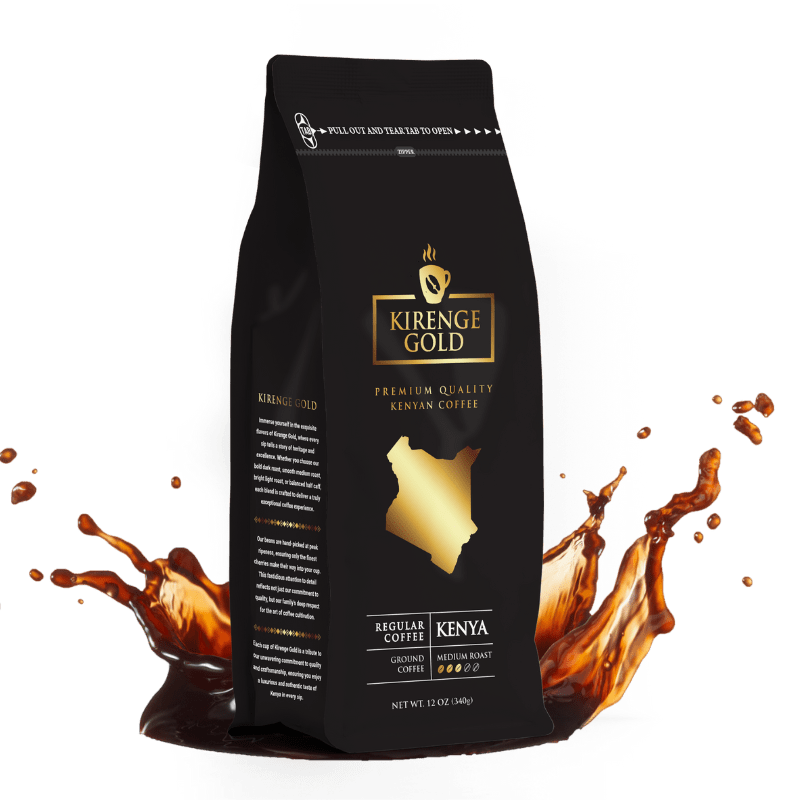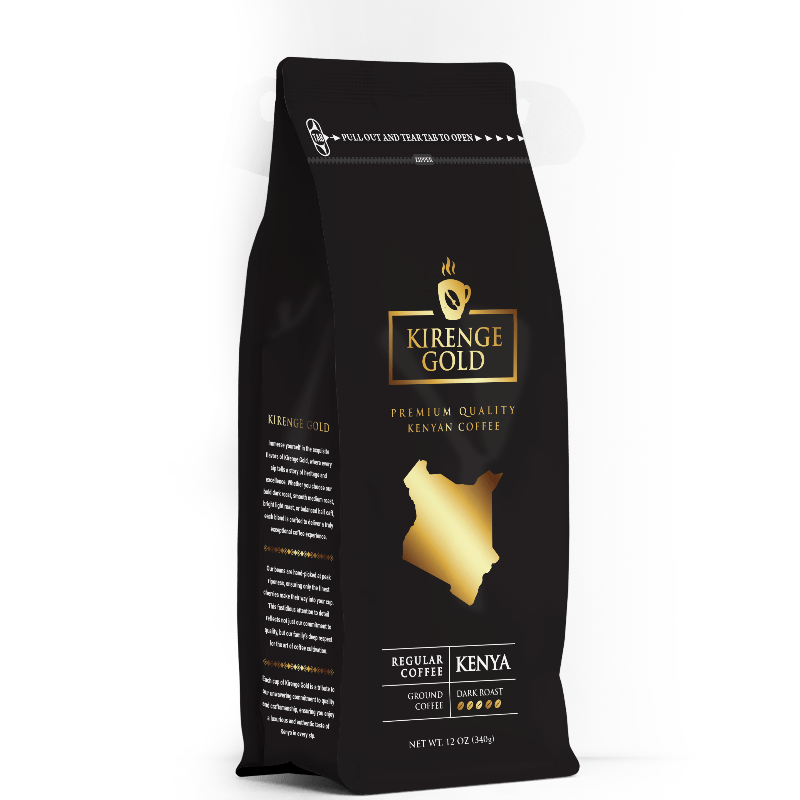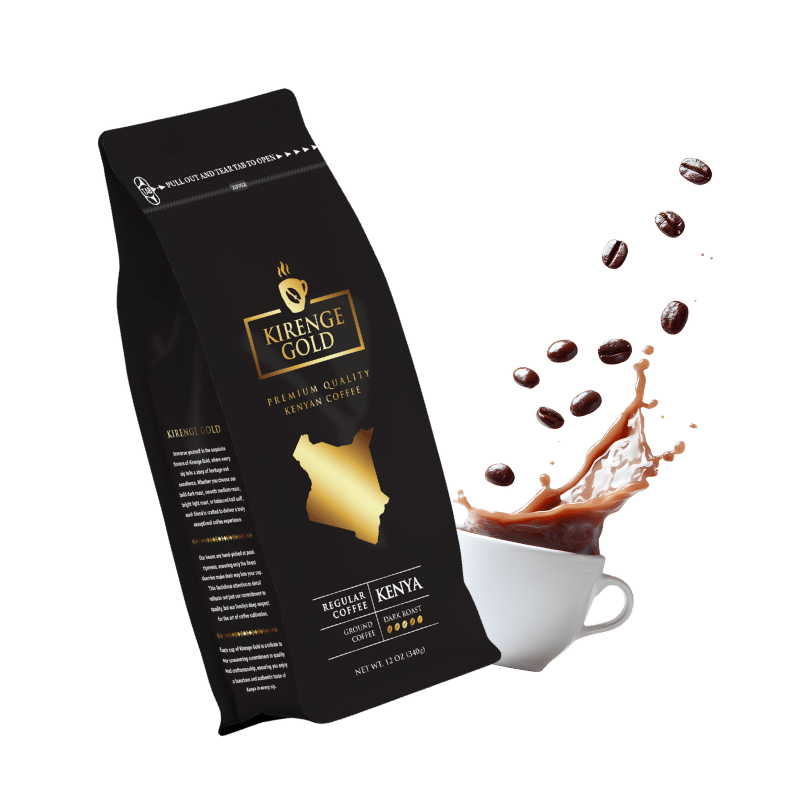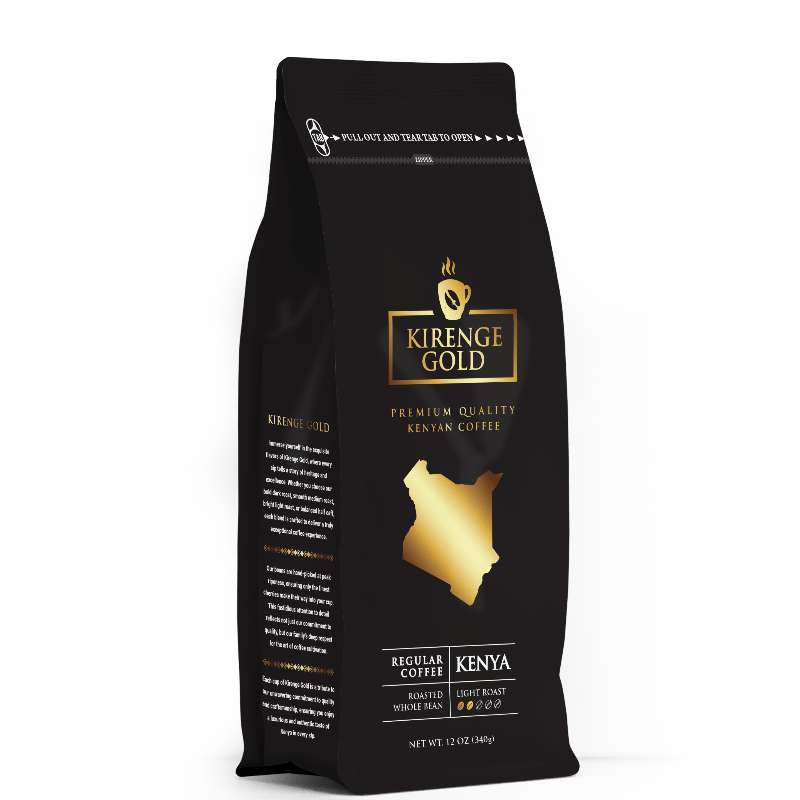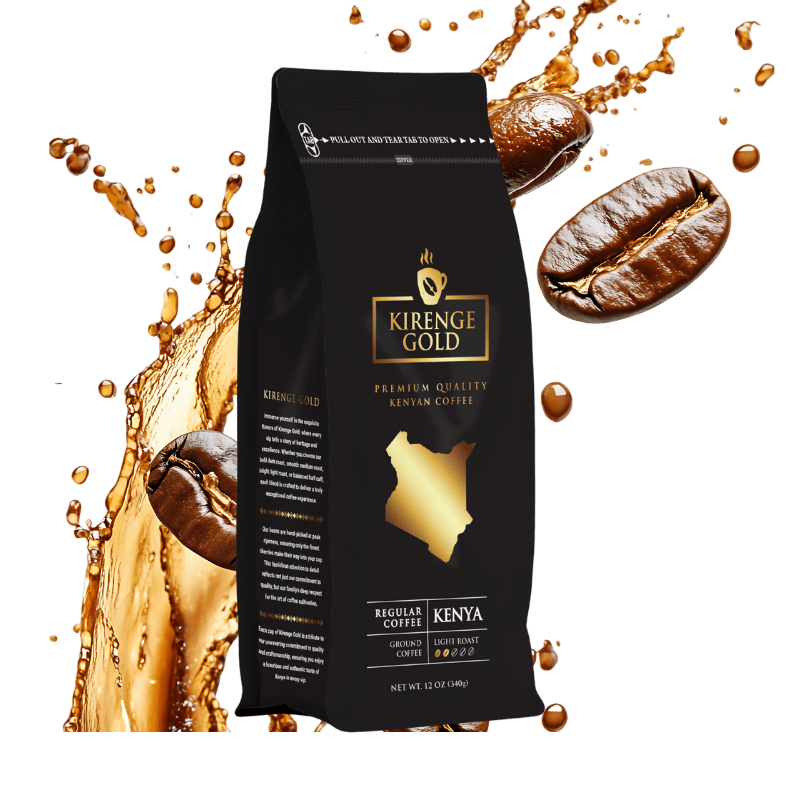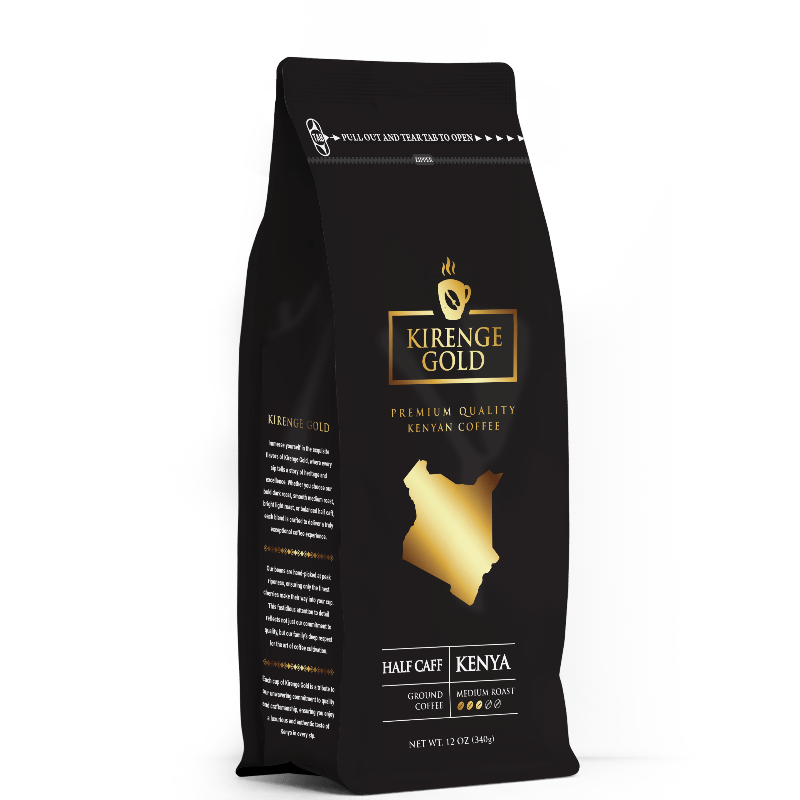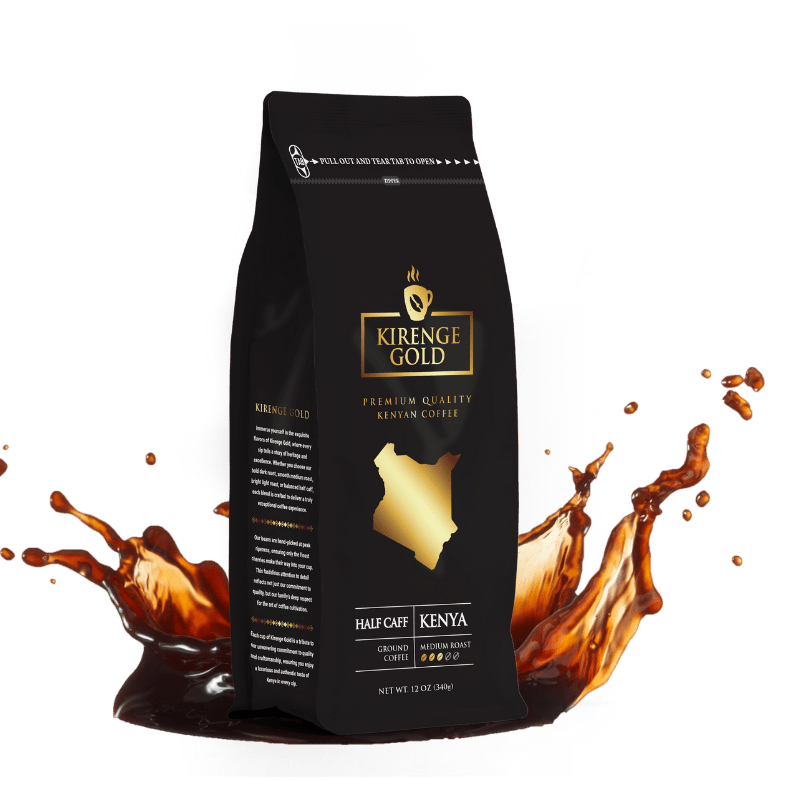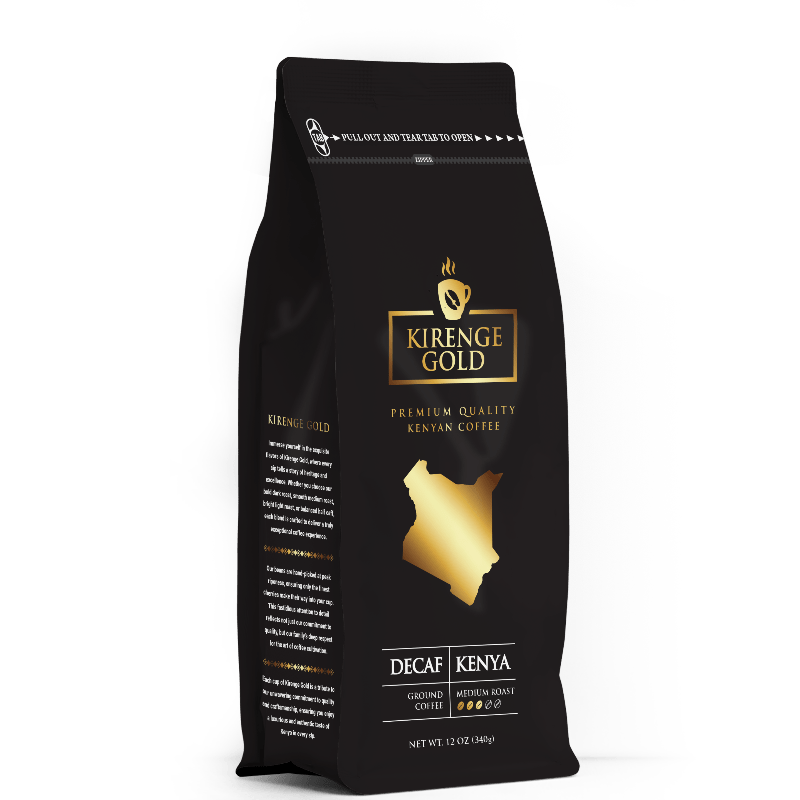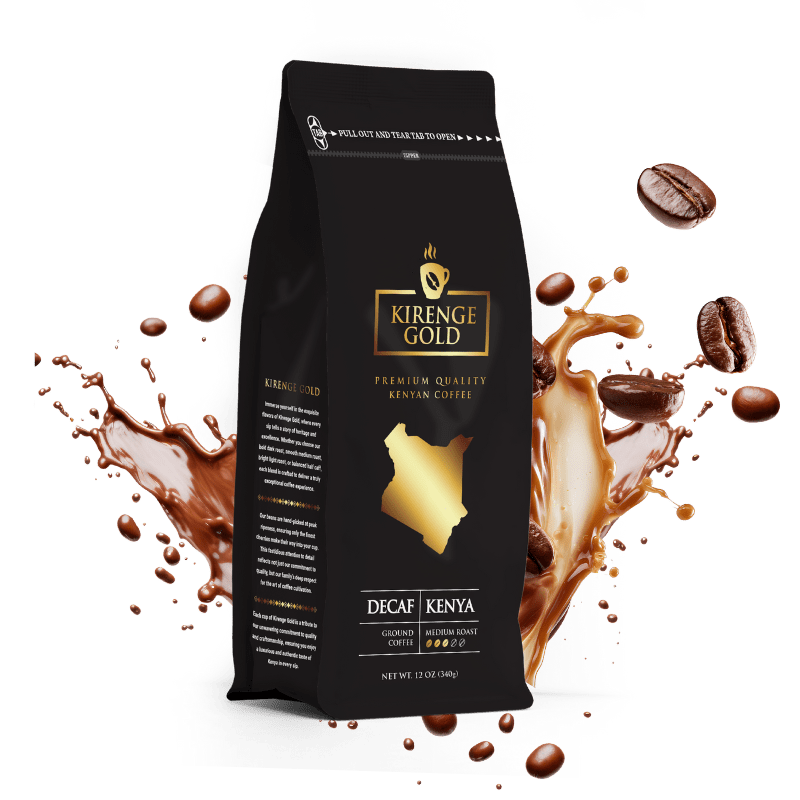
Which Coffee Has the Most Caffeine? Complete Caffeine Comparison Guide
If you're looking for maximum caffeine to power through your day, not all coffee is created equal. The caffeine content in your cup can vary dramatically based on the type of beans, roast level, brewing method, and serving size. This comprehensive guide breaks down exactly which coffees pack the most caffeine punch and debunks common myths along the way.
How Much Caffeine Is in a Cup of Coffee?
An average 8-ounce cup of coffee contains around 80-100 milligrams of caffeine. However, the caffeine content can vary considerably depending on several factors.
Here's the typical range for common serving sizes:
Standard Coffee (8 oz / 240 ml):
- Home-brewed drip coffee: 80-100 mg.
- Coffee shop brewed coffee: 150-200 mg
- Instant coffee: 60-80 mg
Large Coffee (16 oz / 480 ml):
- Home-brewed: 160-200 mg
- Coffee shop: 300-400 mg
The significant difference exists because takeaway coffees from franchise shops had a three times higher mean caffeine content compared to homemade coffees as noted through coffee evaluation. Coffee shops typically use more grounds and stronger brewing ratios than home brewers.
Factors That Affect Caffeine Content
Before diving into specific comparisons, understanding what influences caffeine levels helps you make informed choices:
1. Bean Type: Robusta vs. Arabica
This is the single most significant factor in determining caffeine content.
Robusta beans contain twice the caffeine content of Arabica beans. Specifically:
- Robusta: 2.2-2.7% caffeine by weight[9]
- Arabica: 1.2-1.5% caffeine by weight[9]
Read more on caffeine content for different coffee types.
Most specialty coffee shops use 100% Arabica beans for their superior flavor, which means they inherently have less caffeine potential. Cheaper commercial blends often contain Robusta for that extra caffeine kick (and lower cost).
Bottom line: If maximum caffeine is your goal, look for coffee blends that contain Robusta beans.
2. Roast Level: Light vs. Dark
This is one of the most misunderstood aspects of coffee caffeine.
The myth: Dark roast has more caffeine because it tastes stronger and bolder.
The truth: Studies have found that dark roast coffee beans tend to contain slightly less caffeine than light roast coffee beans. However, that's mostly due to the volume of the beans. When the two roasts are compared by weight, the difference is negligible.
Here's why the confusion exists:
- Dark roasting causes beans to expand and become less dense.
- By volume (scooping method), light roast contains slightly more caffeine because you get more beans per scoop.
- By weight (scale method), dark roast may contain marginally more caffeine because you're using more beans to reach the same weight.
Dark roast and light roast coffee basically contain equal amounts of caffeine.[The amount of caffeine is determined by the amount of coffee used when brewing.
Practical takeaway: The roast level makes minimal difference in caffeine content. Choose based on flavor preference, not caffeine concerns.
3. Brewing Method
How you brew your coffee significantly impacts caffeine extraction.
Highest Caffeine Extraction:
- French Press: 80-135 mg per 8 oz (prolonged steeping extracts maximum caffeine)
- Espresso (per fluid ounce): 63-75 mg per 1 oz shot (most concentrated)
- Drip/Pour Over: 95-200 mg per 8 oz (depends on ratio and brew time)
- Cold Brew: 150-240 mg per 8 oz (long steeping time, high concentration)
Lower Caffeine Extraction:
- Instant Coffee: 30-90 mg per 8 oz
- Single-Serve Pods: 75-150 mg per 8 oz
The key factors in extraction:
- Brew time: Longer contact time = more caffeine
- Water temperature: Hotter water extracts more caffeine
- Grind size: Finer grounds = more surface area = more caffeine
- Coffee-to-water ratio: More coffee grounds = more caffeine
4. Serving Size
This seems obvious, but is often overlooked. A 20-oz coffee contains significantly more caffeine than an 8-oz cup, regardless of brewing method. Always consider total volume when comparing caffeine content.
Coffee Types Ranked by Caffeine Content
Highest Caffeine: Cold Brew
Caffeine content: 150-240 mg per 8 oz (can reach 300+ mg in some commercial brands)
Cold brew wins the caffeine crown for regular coffee drinks. The extended steeping time (12-24 hours) and high coffee-to-water ratio extract maximum caffeine. Cold brew concentrate, before dilution, can contain even more.
Why it's highest:
- Long extraction time
- High coffee-to-water ratio (often 1:4 or 1:5 vs. 1:15-1:17 for hot coffee)
- Usually made with coarser grounds, meaning more coffee by weight
Very High Caffeine: Drip/Pour Over Coffee
Caffeine content: 95-200 mg per 8 oz (home brewing)
Caffeine content: 150-250 mg per 8 oz (coffee shops)
Standard drip coffee is the most common brewing method and delivers substantial caffeine, especially from coffee shops that use optimal ratios.
High Caffeine: French Press
Caffeine content: 80-135 mg per 8 oz
French press allows coffee grounds to steep for 4-5 minutes, extracting high levels of caffeine along with oils and sediment. The immersion brewing method is very efficient.
Moderate Caffeine: Espresso
Caffeine content: 63-75 mg per 1 oz shot (single shot)
Caffeine content: 126-150 mg per 2 oz (double shot)
Espresso is highly concentrated in caffeine per ounce, but it is served in small portions. A single shot has less total caffeine than a cup of drip coffee, but ounce for ounce, it's the most concentrated.
Common espresso-based drinks (Grande/16 oz):
- Americano (2 shots + water): 150 mg
- Latte (2 shots + milk): 150 mg
- Cappuccino (2 shots + foam): 150 mg
- Flat White (2 shots): 130-195 mg
Lower Caffeine: Instant Coffee
Caffeine content: 30-90 mg per 8 oz
Instant coffee contains significantly less caffeine because it's made from brewed coffee that's been dehydrated. The brewing and processing reduce caffeine content.
Lowest Caffeine: Decaf Coffee
Caffeine content: A standard 240 ml (8 oz) cup of decaf coffee contains about 2-3 mg of caffeine, a negligible amount compared to regular coffee.
Decaf isn't completely caffeine-free but contains 97% less caffeine than regular coffee. No Starbucks decaf coffee will contain more than 30mg of caffeine.
Which Starbucks Coffee Has the Most Caffeine?
For those who get their daily coffee from Starbucks, here's what packs the most punch:
1: Venti Blonde Roast (20 oz)
Caffeine content: The Venti Blonde Roast Coffee is the most caffeinated drink at Starbucks, with 475mg of caffeine.
This surpasses even Red Bull and most energy drinks. The Blonde (light) roast, combined with Starbucks' generous brewing ratio and large serving size, creates a caffeine powerhouse.
2: Venti Pike Place Roast (20 oz)
Caffeine content: 410 mg
Starbucks' signature medium roast in its largest hot coffee size.
3: Venti Dark Roast (20 oz)
Caffeine content: 340 mg
Despite being a dark roast, the large serving size still delivers substantial caffeine.
4: Venti Iced Brown Sugar Oatmilk Shaken Espresso (24 oz)
Caffeine content: 340 mg
Both the Iced Brown Sugar Oatmilk Shaken Espresso and the Iced Hazelnut Oatmilk Shaken Espresso are brewed with Starbucks' blonde espresso, which is what gives them an extra jolt of caffeine.
5: Venti Americano (20 oz)
Caffeine content: 300 mg
Four shots of espresso diluted with hot water.
Starbucks pro tip: Blonde roast coffee and blonde espresso both contain more caffeine than their darker counterparts. Order "blonde" whenever possible for maximum caffeine.
Strongest Coffee Brands and Products
If you want extreme caffeine, these commercial products are specifically designed for maximum kick:
Ultra-High Caffeine Brands
Death Wish Coffee
- Caffeine content: 472 mg per 12-oz cup
- Made with Robusta beans and dark roasted for bold flavor
- Markets itself as "The World's Strongest Coffee"
Biohazard Coffee
- Caffeine content: 928 mg per 12-oz cup
- Claims to be the most caffeinated coffee in the world
- Uses 100% Robusta beans
Black Insomnia Coffee
- Caffeine content: 702 mg per 12-oz cup
- South African brand specializing in extreme caffeine
- Robusta-Arabica blend
Banned Coffee
- Caffeine content: 474 mg per 12-oz cup
- Made from a blend selected for maximum caffeine
⚠️ Caffeine Warning: These extreme caffeine coffees can contain more than the recommended daily limit (400 mg) in a single cup. Consuming them requires caution, especially if you're sensitive to stimulants or have heart conditions.
Regular Commercial Brands (Ranked)
For everyday grocery store coffee:
- Folgers Classic Roast: 112 mg per 8 oz
- Maxwell House Original: 100-160 mg per 8 oz
- Dunkin' Original Blend: 215 mg per 14 oz medium
- Peet's Coffee (Major Dickason's Blend): 267 mg per 16 oz
- Caribou Coffee: 230 mg per 16 oz medium[4]
Does Cold Brew Have More Caffeine Than Hot Coffee?
Short answer: Usually yes, but it depends on dilution and serving size.
Cold brew concentrate typically contains significantly more caffeine than hot coffee because:
- Longer steeping time (12-24 hours)
- Higher coffee-to-water ratio
- No heat means nothing is lost to evaporation
However, cold brew concentrate is often diluted before serving. A typical serving of diluted cold brew (1:1 ratio) contains roughly the same or slightly more caffeine as hot coffee.
- Undiluted cold brew concentrate: 200-300+ mg per 8 oz
- Diluted cold brew (ready-to-drink): 150-240 mg per 8 oz
- Hot drip coffee: 95-200 mg per 8 oz
Verdict: Ounce-for-ounce, cold brew usually contains more caffeine than hot coffee, especially commercial cold brews designed for maximum strength.
Does Espresso Have More Caffeine Than Regular Coffee?
This is one of the most common caffeine misconceptions.
By volume (ounce-for-ounce): Yes, espresso is more concentrated
- Espresso: 63-75 mg per 1 oz
- Drip coffee: 12-16 mg per 1 oz
By typical serving: No, drip coffee contains more total caffeine
- Single espresso shot (1 oz): 63-75 mg
- Double espresso shot (2 oz): 126-150 mg
- Cup of drip coffee (8 oz): 95-200 mg
- Large drip coffee (16 oz): 190-400 mg
Bottom line: Espresso is the most concentrated form of coffee, but because it's served in small portions, a typical espresso drink contains less total caffeine than a large cup of regular coffee. To get equivalent caffeine from espresso, you'd need 3-4 shots, which is what many coffee shops put in large lattes and Americanos.
How Much Caffeine Is Too Much?
Understanding safe limits helps you avoid negative side effects:
Safe Daily Limits
Healthy Adults: Up to 400 mg per day (approximately 4 cups of coffee)
- This is considered safe by the FDA and most health organizations
- Individual tolerance varies significantly
Pregnant Women: Maximum 200 mg per day (about 2 cups)
- Higher amounts may increase miscarriage risk
- Consult with a healthcare provider
Teenagers (12-18 years): Maximum 100 mg per day
- Growing bodies are more sensitive to stimulants
Children under 12: Caffeine should be avoided or minimally consumed
Signs You're Consuming Too Much Caffeine
- Jitteriness, nervousness, or anxiety
- Insomnia or disrupted sleep patterns
- Rapid or irregular heartbeat
- Digestive issues (nausea, diarrhea, stomach upset)
- Headaches (particularly when caffeine wears off)
- Muscle tremors
- Restlessness or inability to focus
- Increased blood pressure
- Frequent urination
- Dependency (withdrawal symptoms without caffeine)
Caffeine Sensitivity
People metabolize caffeine at different rates based on genetics:
- Fast metabolizers: Can handle 400+ mg with minimal side effects
- Slow metabolizers: May experience side effects with as little as 100-200 mg
If you're sensitive to caffeine or experience negative effects, consider:
- Reducing serving sizes
- Switching to half-caf (50/50 regular and decaf blend)
- Choosing lower-caffeine options like tea
- Stopping caffeine intake by early afternoon
- Gradually reducing intake to minimize withdrawal
Low Caffeine Coffee Options
If you want to reduce caffeine while still enjoying coffee:
Half-Caff Coffee
Caffeine content: 40-60 mg per 8 oz
A 50/50 blend of regular and decaf coffee. Provides some caffeine benefits without the jitters. Many coffee shops can prepare this upon request.
Decaf Coffee
Caffeine content: 2-15 mg per 8 oz
Offers the taste and ritual of coffee with minimal caffeine. Modern decaffeination processes (Swiss Water Process, CO2 method) maintain flavor while removing 97-99% of caffeine.
Arabica-Only Coffee
Caffeine content: 75-130 mg per 8 oz
Choose 100% Arabica coffee instead of Robusta blends. While still caffeinated, it contains roughly half the caffeine of Robusta-based coffees.
Dark Roast (Brewed by Volume)
Caffeine content: 80-120 mg per 8 oz
As mentioned earlier, if you measure by volume (scooping), dark roast contains marginally less caffeine than light roast because the beans are less dense.
Caffeine Comparison Chart
Here's a quick reference guide to caffeine content across different coffee types and brands:
By Coffee Type (8 oz serving)
| Coffee Type | Caffeine Content |
|---|---|
| Cold Brew | 150-240 mg |
| Drip/Pour Over (home) | 95-200 mg |
| Drip Coffee (coffee shop) | 150-250 mg |
| French Press | 80-135 mg |
| Espresso (single shot, 1 oz) | 63-75 mg |
| Instant Coffee | 30-90 mg |
| Decaf Coffee | 2-15 mg |
By Popular Coffee Chains (Medium/Grande 16 oz)
| Coffee Shop | Drink | Caffeine |
|---|---|---|
| Starbucks | Blonde Roast | 360 mg |
| Starbucks | Pike Place Roast | 310 mg |
| Starbucks | Americano (Grande) | 225 mg |
| Dunkin' | Brewed Coffee | 297 mg |
| Dunkin' | Americano | 284 mg |
| Peet's Coffee | Medium Roast | 267 mg |
| Tim Hortons | Original Blend | 205 mg |
| McDonald's | Premium Roast | 145 mg |
By Extreme Caffeine Brands (12 oz serving)
| Brand | Caffeine Content |
|---|---|
| Biohazard Coffee | 928 mg |
| Black Insomnia | 702 mg |
| Death Wish Coffee | 472 mg |
| Banned Coffee | 474 mg |
| Killer Coffee | 645 mg |
Caffeine in Other Beverages (For Comparison)
| Beverage | Serving Size | Caffeine |
|---|---|---|
| Red Bull | 8.4 oz | 80 mg |
| Monster Energy | 16 oz | 160 mg |
| Coca-Cola | 12 oz | 34 mg |
| Black Tea | 8 oz | 40-70 mg |
| Green Tea | 8 oz | 25-50 mg |
| Matcha Tea | 8 oz | 70 mg |
How to Maximize Caffeine in Your Coffee
If you want to extract maximum caffeine from your home brewing:
1. Choose the Right Beans
- Buy coffee containing Robusta beans or Robusta-Arabica blends
- Look for "high caffeine" or "extra bold" labels
- Choose light to medium roasts if measuring by volume
2. Optimize Your Brewing
- Use a higher coffee-to-water ratio (1:15 instead of 1:17)
- Grind beans finer for more surface area
- Increase brew time (French press: 5+ minutes; cold brew: 18-24 hours)
- Use hotter water (195-205°F / 90-96°C)
- Make sure all grounds are fully saturated
3. Brew Method Selection
- Choose cold brew or French press for maximum extraction
- Use multiple espresso shots in milk-based drinks
- Avoid instant coffee
4. Serving Size
- Simply drink more coffee (within safe limits)
- Order larger sizes at coffee shops
- Brew a stronger concentrate and dilute to taste
The Bottom Line: Which Coffee Has the Most Caffeine?
-
For extreme caffeine seekers: Specialty ultra-high caffeine brands like Biohazard or Death Wish Coffee (700-900+ mg per 12 oz)
-
For maximum caffeine from regular coffee: Cold brew or coffee shop drip coffee in large sizes (200-475 mg, depending on size and shop)
-
For espresso lovers: Order drinks with 3-4 shots or choose blonde espresso at Starbucks
-
Most caffeinated at Starbucks: Venti Blonde Roast at 475 mg
-
Best value for home brewing: Cold brew made with Robusta beans, or French press with a high coffee-to-water ratio
Key factors to remember:
- Bean type (Robusta vs. Arabica) matters more than roast level
- Brewing method and coffee-to-water ratio significantly impact caffeine
- Light and dark roasts have virtually the same caffeine when measured properly
- Serving size is often the biggest variable in total caffeine consumed
- Coffee shop coffee contains 2-3x more caffeine than home-brewed coffee
Safe consumption: Stick to 400 mg or less per day for most adults, and stop drinking coffee by early afternoon to protect sleep quality.
Whether you're seeking maximum alertness or trying to moderate your intake, understanding caffeine content empowers you to make informed choices about your daily coffee consumption.
Disclaimer: This article is for informational purposes only. Caffeine affects individuals differently based on genetics, tolerance, and health conditions. Consult with a healthcare provider if you have concerns about caffeine consumption, especially if you have heart conditions, anxiety disorders, or are pregnant.
Share
